By Martin Clark
As director of Grampus Heritage and Training in the UK, I have been working to champion environmental projects in Cyprus since 1997.
As a former head of the UK’s National School of Forestry, much of my early work was with the Forestry College in Prodromos. Since 2009, I have moved sideways into rural development with a focus on environmental sustainability, involving art, fashion, traditional skills and (still) forestry and tree planting.
Up in Kato Drys and Pano Lefkara, we have our Green Village partnership between the Old Olive Mill – Mola Culture Factory and Kato Drys Community Council, and are passionate about recycling. We have been making art from waste for close to 15 years now.
If we re-use things that are or were going to be thrown away, it’s great for the environment in three ways. First, it reduces the carbon footprint of the artist. Second, it reduces litter, dumped rubbish and landfill. And third, it raises people’s awareness about waste and sends a positive message about recycling.
Of course, it’s not the first time in Cyprus that great art has been made from waste. Our partnership was much influenced by one of Cyprus’ greatest artists, the sadly missed Stas Paraskos. I worked with Stas for a golden 12-year period and he taught me such a lot about using scrap metal and broken ceramics, etc., to make art. Our resident artist, Peter Bird, also uses waste materials in art and he also worked with Stas Paraskos for around 10 years.
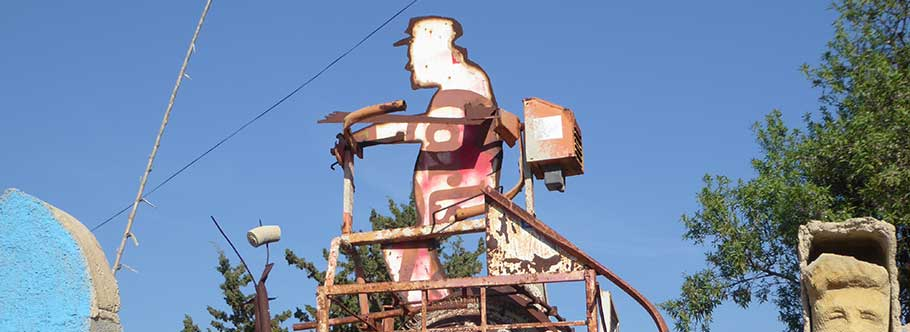
Here are some of our ‘art from waste’ recent projects….
Brutalism from scrap metal
The first example of ‘Brutalism’, as it applies to art, was Pablo Picasso’s (1942) ‘Bulls Head’. Fifteen years ago, I saw it in Paris. More than any other piece of ‘modern art’, I felt drawn to its pureness and simplicity.
Picasso himself said: “Guess how I made the bull’s head? One day, in a pile of objects all jumbled up together, I found an old bicycle seat right next to a rusty set of handlebars. In a flash, they joined together in my head. The idea of the Bull’s Head came to me before I had a chance to think. All I did was weld them together.”
Following the footsteps of Picasso and Stas Paraskos, we’ve been experimenting with Brutalism. Stas’s ‘self-portrait’ of himself riding on a cement mixer carriage in Lemba near Paphos is well-known; it’s part of the Lemba Wall and is part of the registered cultural patrimony of Cyprus.
Our recent sculptures of a ‘sitting curious man’ and a ‘standing woman – a bit sexy’ were made using CD racks, an old washing machine carcass, barbecue tools, an old steam iron, parts of a discarded ironing board, two spades, iron boot parts found in the fields, two tractor seats, oil filters from a car and two iron candelabra. All were thrown away/discarded, just waiting to be assembled and welded together.
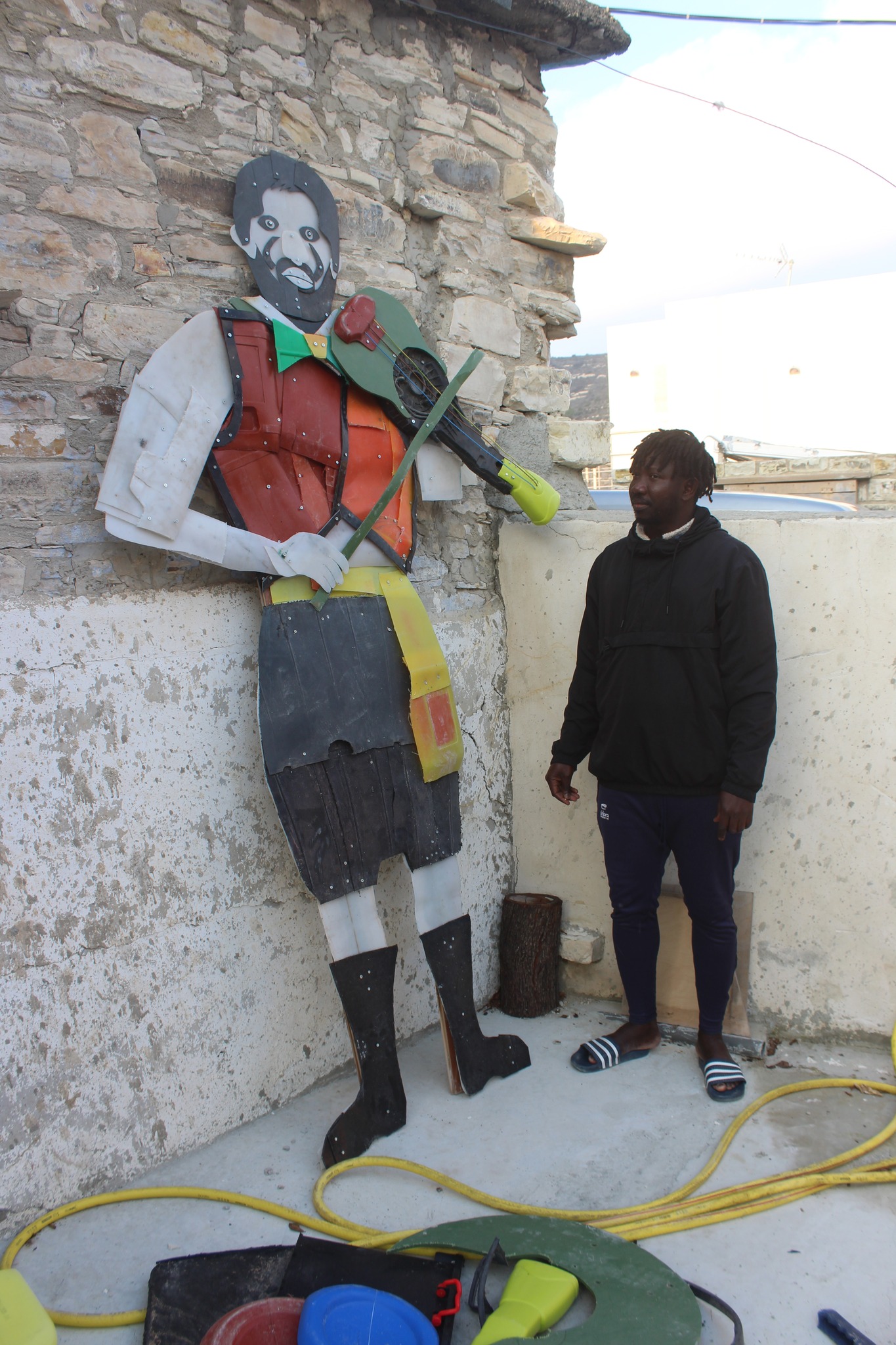
Waste plastic sculptures
We were drawn into using thrown away plastic for art by a West African refugee, ‘Abdullah’ from the Ivory Coast. He had an outdoor exhibition on Larnaca seafront and appeared on TV. His work drew a lot of attention and I wanted to meet him. I tracked him down and asked him to do a residency in Kato Drys. He agreed and there followed an intense period of scavenging thrown away plastic from skips and dumps.
Such items as olive oil drums, broken wheelie bins, children’s seats on toys, trimmings from kitchen worktops and bottle caps. The result was three sculptures: a donkey, a rhinoceros and a fiddle playing man. The sculptures gave us the opportunity to join forces a little with such great initiatives as ‘Plastic Free Beaches’ and can now be found adorning walls in Pano Lefkara.
All this recycling and upcycling within the framework of the creative industries is making people all over the world sit up and take notice. For sure it means that Cyprus, which in the past, had some serious waste issues, is showing the way forward – a little! As they say ‘necessity is the mother of invention’ (and creativity).
Martin Clark is a professional forester and land manager and the director of Grampus Heritage & Training, the UK’s most successful EU wide vocational training organisation, with decades of experience

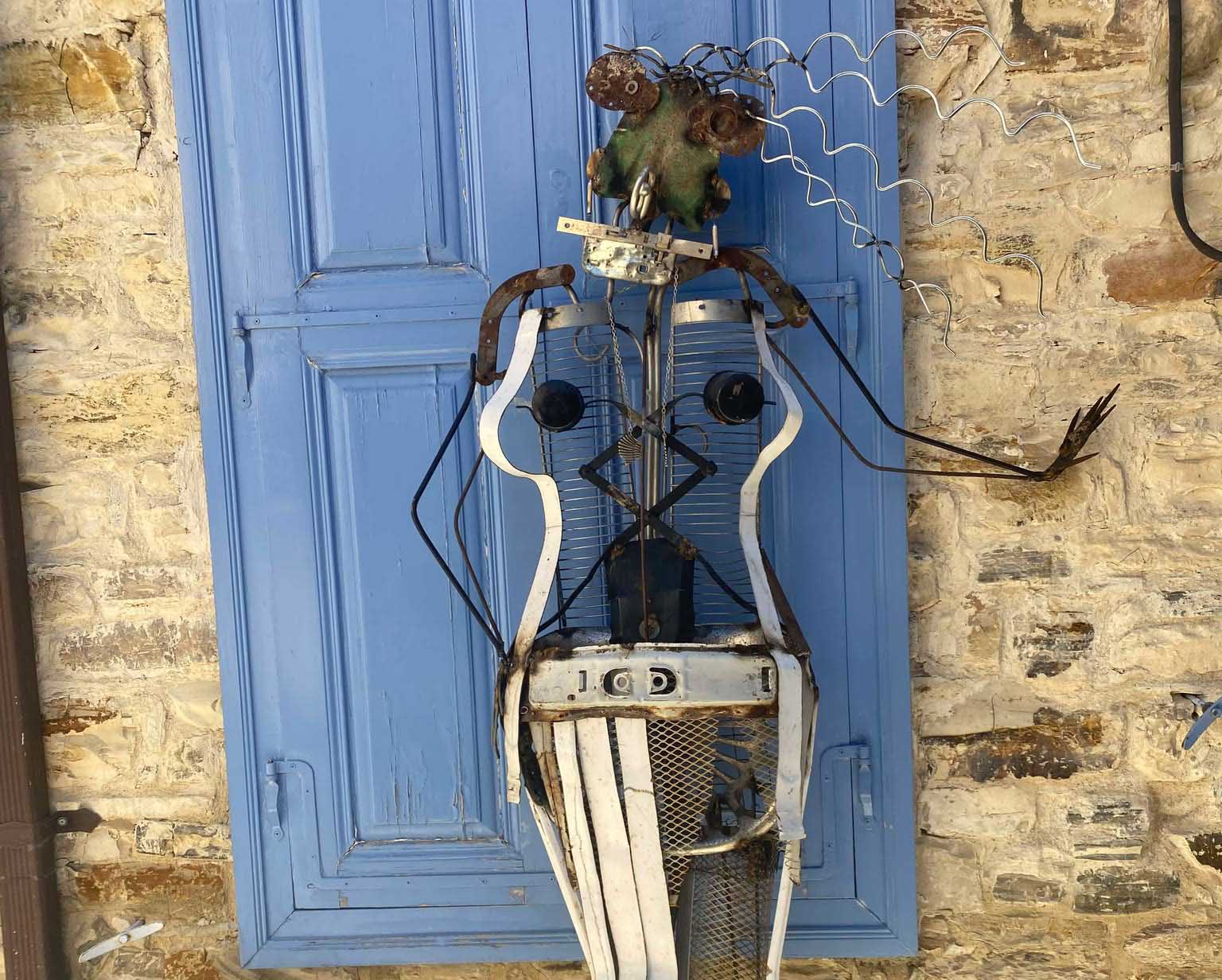

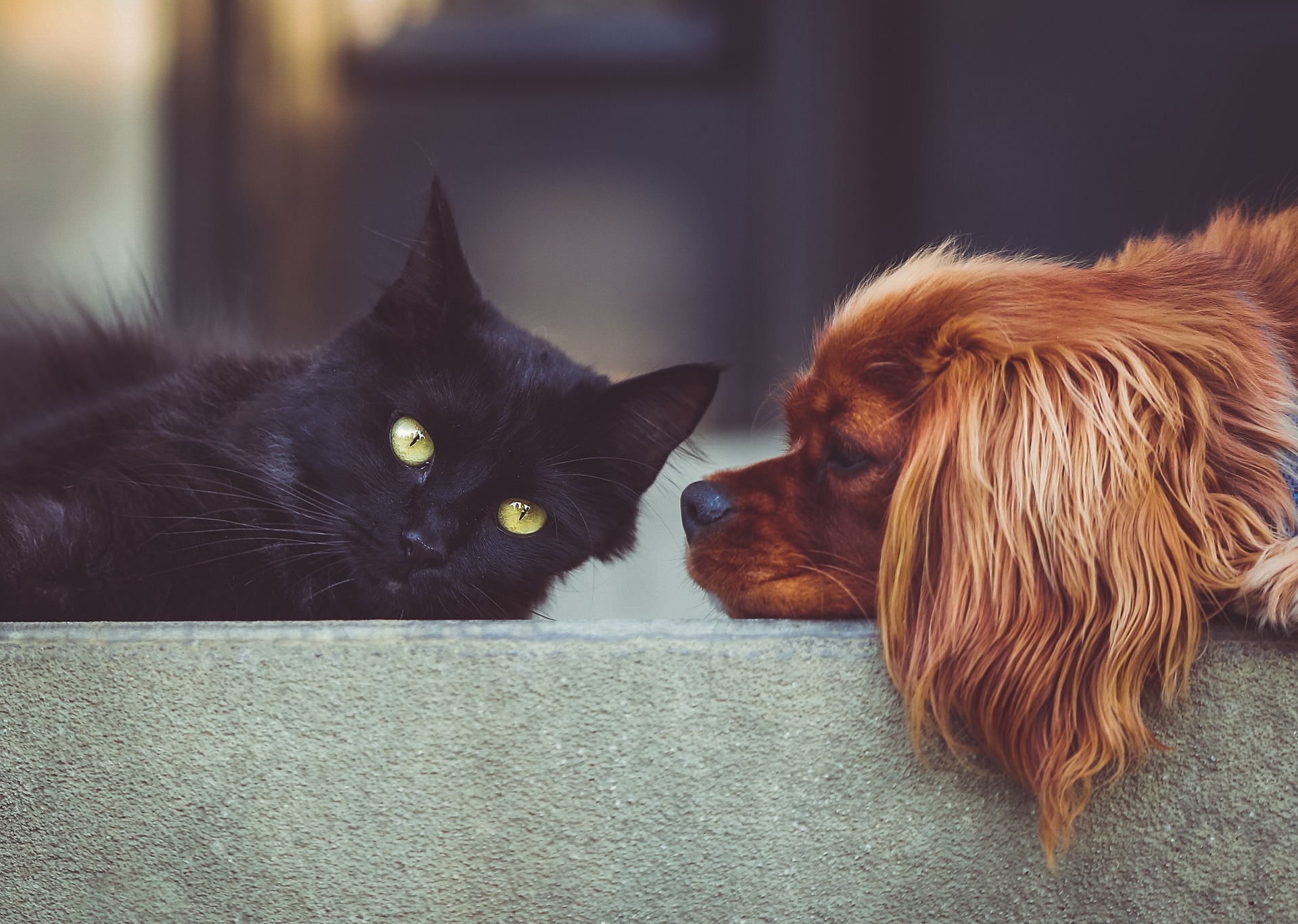

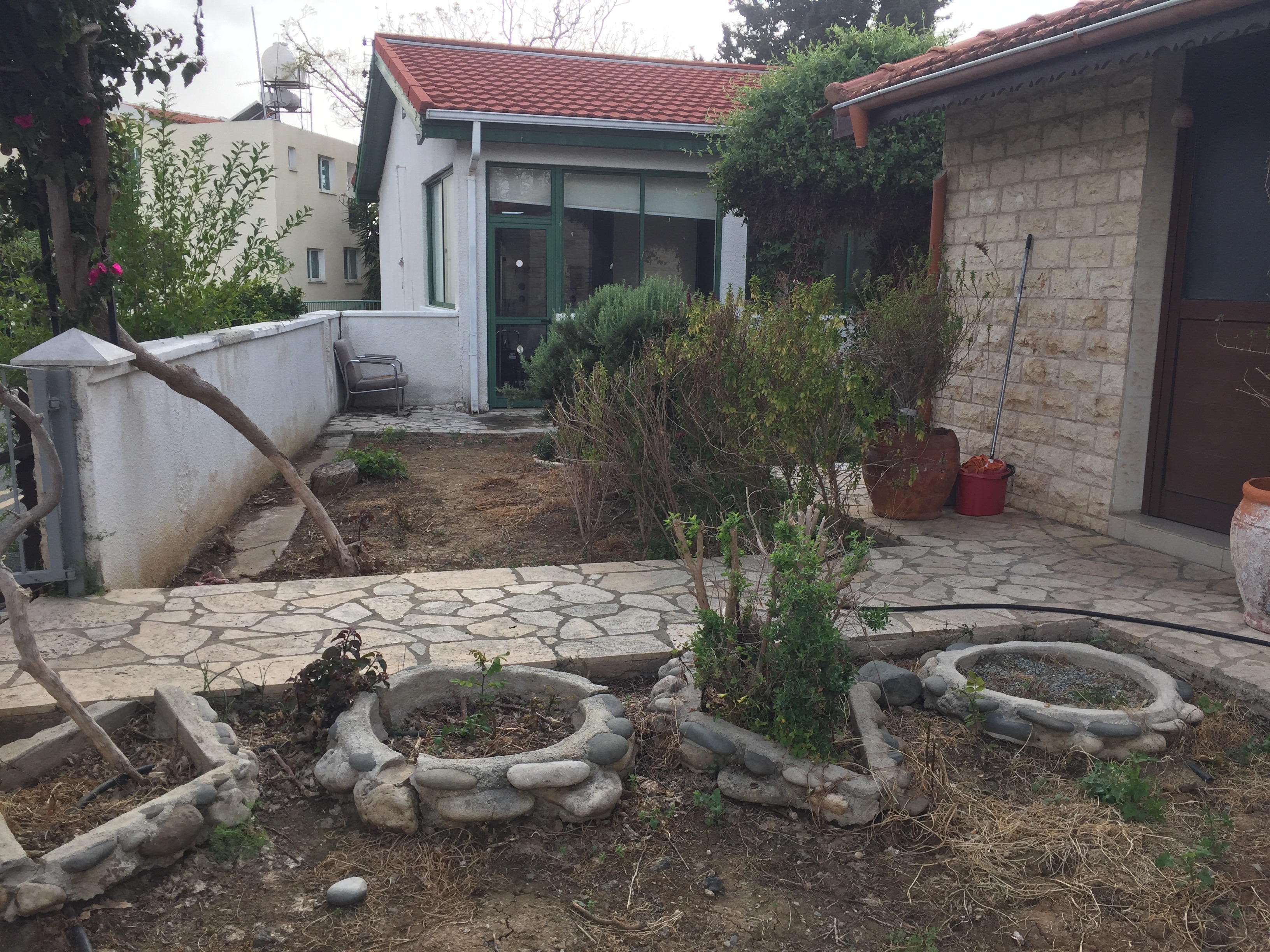
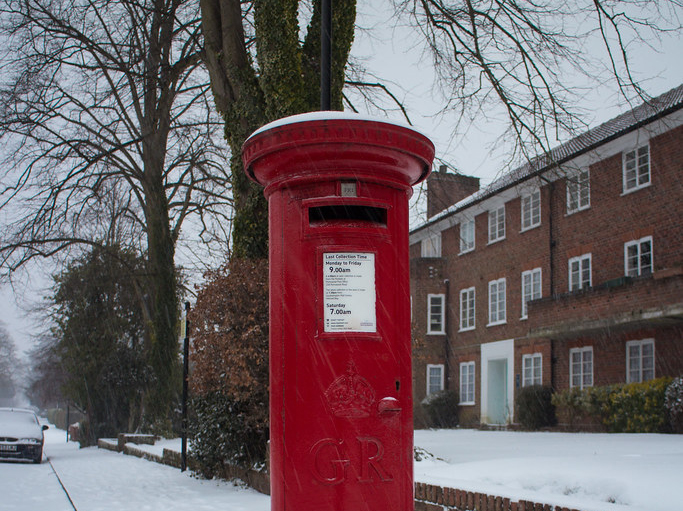
Click here to change your cookie preferences